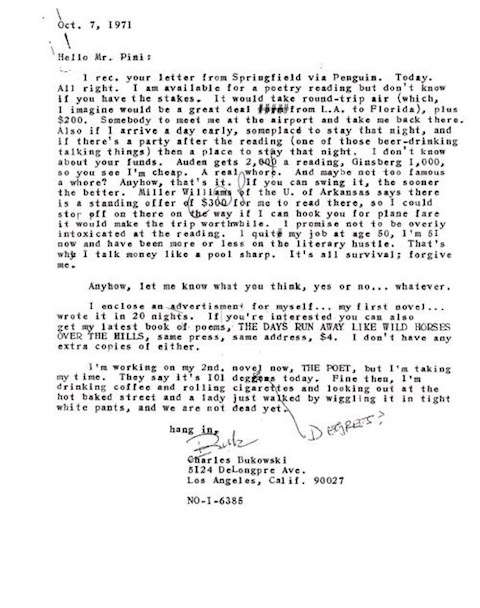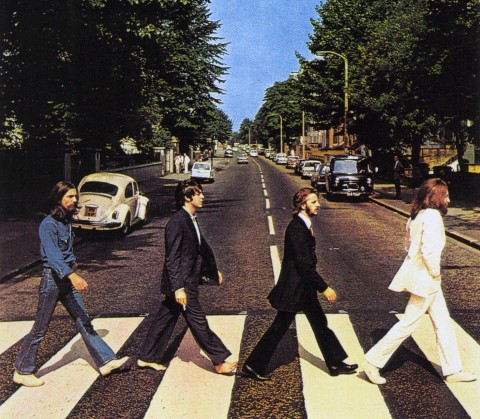It’s hard to believe, but Marvin Gaye’s classic 1967 recording of “I Heard it Through the Grapevine” was rejected by his record label.
The song, about a man’s grief over hearing rumors of his lover’s infidelity, was written by the legendary Motown Records producer Norman Whitfield and singer Barrett Strong. It was first recorded in 1966 by Smokey Robinson and the Miracles, but that version was nixed by Motown founder Berry Gordy during a weekly quality control meeting. Whitfield recorded the song with Gaye in early 1967, but for some reason Gordy didn’t like that version either. So Whitfield changed the lyrics a bit and recorded it with Gladys Knight and the Pips. The fast-tempo arrangement, influenced by Aretha Franklin’s “Respect,” was released as a single in September of 1967 and rose to number one on the Billboard R&B chart.
Gaye’s version might have been forgotten had it not been included in his 1968 album, In the Groove, where it soon became noticed. “The DJs played it so much off the album,” Gordy said later, “that we had to release it as a single.” Gaye’s recording of the song became a cross-over hit. It rose not only to the top of the R&B charts, but also spent seven weeks at the top of the Billboard Pop Singles chart. It was Motown’s biggest-selling single up to that time, and the In the Groove album name was changed to I Heard It Through the Grapevine.
Gaye was known for his sweet-sounding tenor voice, which he could modulate from a baritone to a silky high falsetto. During the “Grapevine” sessions, the singer reportedly quarreled with Whitfield over the producer’s insistence that he sing the song in a high rasp. Whitfield prevailed, and Gaye’s performance is one of the greatest of the Motown era. You can hear his classic vocals “a cappella” in the video above. And for a reminder of Whitfield’s classic arrangement, with its pulsing electric piano introduction and shimmering strings, see the video below. The Funk Brothers, the legendary Motown backing group, played on the track, as did the backing vocal group The Andantes and the Detroit Symphony Orchestra.





